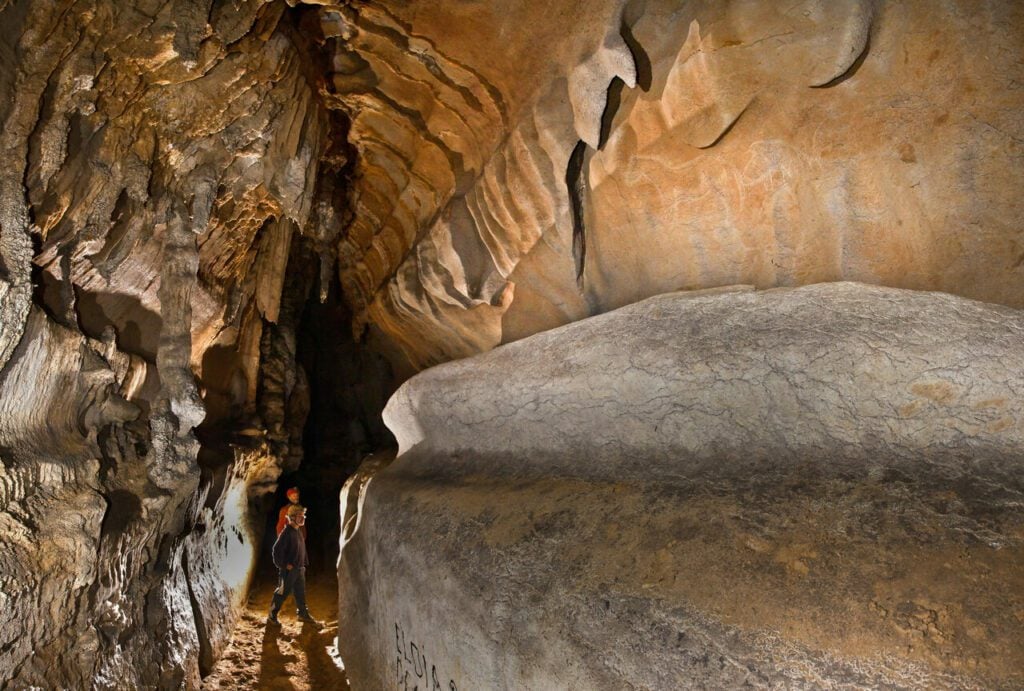Animation and cinematography have gone a long way since their development in the twentieth century. But did you know that the very first animation could be found as early as 20,000 years ago?
Researchers have theorized that prehistoric cave art were designed to “move.” The animation will only be seen if the paintings were viewed using the only kind of lighting available at that time, a flickering torch.
The Ledge of Horses
In 2015, two scientists discovered cave paintings in northern Spain’s Atxurra Cave. The images found were about six hundred feet from the cave’s entrance. The cave art was on a rugged limestone wall which was forty feet long and eight feet above the cave floor.
Upon examination, scientists determined that the murals were created some 12,500 years ago. It features carvings of horses, bison, deer, and goats. The mural was named Ledge of Horses, as it was drawn significantly above the cave floor, and presumably, the artists stood on the ledges to do so.
The scientists digitally recreated this cave art, along with dozens in other parts of the cave. (Source: Atlas Obscura)
Cave Art as Precursor to Modern Cinema?
Up until today, no one has discovered why the ancient civilization created these cave arts. Some archaeologists theorize that it may be part of an old hunting ritual, while others believe a psychedelic drug trip may cause it. Others say it may be a form of a historical record or a method of teaching.
What is fascinating about these pictures is that it seemed like it was created to animate them. Some archaeologists discovered that when these carvings are viewed with lighting similar to what was available in that period, the carvings seem to move. The movement is not captured with still, modern-day lighting apparatus.
The carvings were created to give off an illusion of animation when it is lighted with a flickering torch. An archaeologist and filmmaker, Mark Azéma, sees this cave art as a form of proto-cinema. In his book La préhistoire du cinéma, or the Prehistory of Cinema, he notes that the bison in the Chauvet-Pont d’Arc cave was painted with eight legs. It may have been created in this fashion to make the bison seem to stride across the canvas when torchlight hits it. (Source: Atlas Obscura)
Azéma also noted in his book some fifty animal figures drawn to look as if they were galloping or swishing their tails. He also pointed out that a few other animals in the cave were as if they were moving. (Source: Google Arts and Culture)
- The horn of a rhinoceros was drawn several times as if to emphasize the movement of the animal’s head
- Multiple drawings of lions juxtaposed to each other as if to create the illusion of them running
Researchers also believed that this was the precursor of an early version of a thaumatrope. Thaumatropes are discs with a picture on each side. And when spun with a string, the two images seem to emerge, creating what appears to be an animated movement.
The artists drew multiple drawings of the same animal on top of each other, similar to how cartoons are made. The effect is more evident when a torchlight is used. (Source: Wondergressive)
